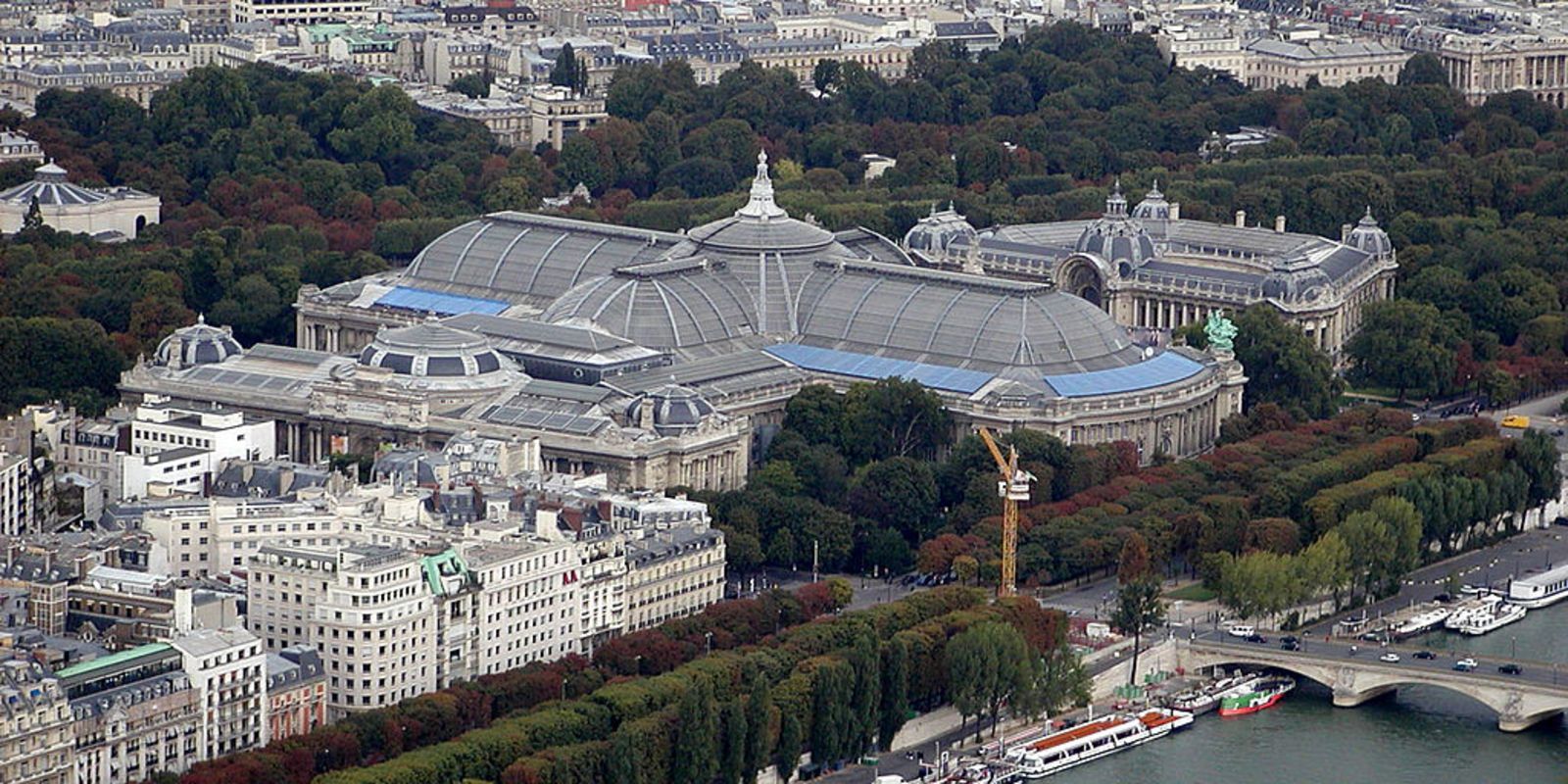Itinerary
From the Grand Palais to the Arc de Triomphe, a triumphal promenade at the edges of the most beautiful avenue of the World.

This is a prime tourist area, there’s no doubt about it. The challenge is then to do something else than just strolling and window-shopping on the north side of the Champs-Elysées – a favorite for both foreigners and French. Fortunately, it is very possible to enjoy everything that matters in the area without ping head-on into the crowd.
This itinerary won’t forget what’s essential, but will try to include a few uncommon stops, whether pleasant or unusual. Obviously you can follow it in the other direction, provided some very minor ajdustments.
Duration will depend on the amount of time you want to spend visiting museums or stopping for refreshments or eating. This can be hard to estimate in such an area, so 2 hours are most likely a minimum.
6 stops
1. La Fayette Statue
An american named Robert Thompson had the desire to thank France for the Statue of Liberty, so he raised funds from american pupils in order to build a statue of General La Fayette.
France agreed in 1899, and american sculptor Paul Wayland Bartlett (1865-1925) was chosen and given a deadline, which happened to be the Universal Exposition of 1900.
Realizing he wouldn’t make it on time, he did a plaster model which was installed in the Napoléon courtyard of the Louvre and inaugurated on Independance Day in 1900.
Later, when working on the bronze sculpture, he made quite a few changes out of insatisfaction from its earlier work : La Fayette’s costume is now from the revolutionary times instead of being a Louis XVI-styled costume, the General doesn’t have a three cornered hat and a wig anymore, and the sword he was previously holding in its case is s now pulled out and held upwards.
Only in 1908 did the bronze statue finally replace the plaster model. And in 1985, it was transported at its present location because of the preparation works for the Louvre’s Pyramid.
Source : Translated from Wikipedia Contributors, “Statue équestre de La Fayette (Paris)“
2. Grand Palais (Great Palace)
A large historical site, exhibition hall and museum complex located at the Champs-Élysées, its construction began in 1897 as part of the preparation works for the Universal Exposition of 1900.
The structure was built in the style of Beaux-Arts architecture. The building reflects the movement’s taste for ornate decoration through its stone facades, the formality of its floor planning and the use of techniques that were innovative at the time, such as its glass vault, its structure made of iron and light steel framing, and its use of reinforced concrete.
When one of the glass ceiling panels fell in 1993, the main space had to be closed for restoration work, and was not fully reopened to the public until 2007.
A little known fact is that the Grand Palais has a major police station in the basement which helps protect the exhibits on show.
The Grand Palais is only open when an exhibition is organized.
Source : Wikipedia contributors, “Grand Palais“
3. Palais de la Découverte
Even if it occupies the west wing of the Grand Palais, being then very close to the Champs-Elysées, one tend to forgot the existence of this nonetheless very interesting Palais de la Découverte (“Discovery Palace”) , a science museum and cultural center created in 1937.
It features interactive experiments and scientific demonstrations which are both playful and stimulating, for kids as well as adults. There is even a beautiful planetarium.
Since 2010, the Palais de la Découverte merged with the Cité des Sciences et de l’Industrie (also in Paris) in a single institution.
4. Pershing Hall
Open in 2001, this luxury Hotel is located in a late XVIIIth century building. General John Pershing used it in 1917 as the headquarters of the American Expeditionary Forces. Later, it will be the parisian headquarters of the American Legion.
The very nicely decorated hotel and its okay restaurant are expensive, but will allow you to see a stunning 30-meter high and 450-square meters vertical garden, created by Patrick Blanc, occupying one of the walls of the inner courtyard.
5. Sir Winston
Probably one of the oldest pubs in Paris, Sir Winston is a surprising place with dim lights, indian-inspired decoration, and large seats where having an afternoon tea is a real treat.
Obviously this is also an address for the night, as DJs often perform here. What about the food ? Well, it’s what you should expect from a pub. The atmosphere is what it is about.
6. Arc de Triomphe
It was commissioned in 1806 after the victory at Austerlitz by emperor Napoleon at the peak of his fortunes. The Arc de Triomphe is the linchpin of the historical axis (“Axe historique”) – a sequence of monuments and grand thoroughfares on a route which goes from the courtyard of the Louvre, to the Grande Arche de la Défense.
Following its construction, the Arc de Triomphe became the rallying point of French troops parading after successful military campaigns and for the annual Bastille Day Military Parade.
Beneath the Arc is the Tomb of the Unknown Soldier from World War I. Interred here on Armistice Day 1920, it has the first eternal flame lit in Western and Eastern Europe since the Vestal Virgins’ fire was extinguished in the fourth century. It burns in memory of the dead who were never identified (now in both world wars).
Source : Wikipedia contributors, “Arc de Triomphe“
Map, navigation, practical information, extra pictures and more are available on the Paris Parcours app.
